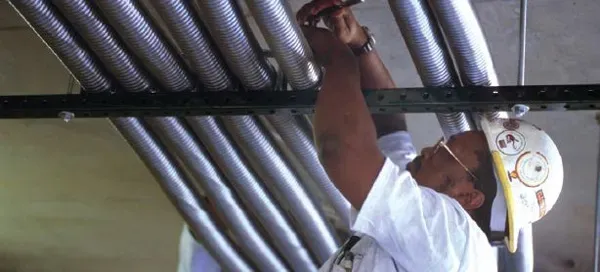10 月 . 19, 2024 11:06 Back to list
wafer style check valve
Understanding Wafer Style Check Valves Design and Applications
Check valves are crucial components in various fluid systems, ensuring that flow happens in one direction and preventing backflow. Among the various types of check valves, wafer style check valves have gained popularity due to their compact design and ease of installation. In this article, we will explore the intricacies of wafer style check valves, their advantages, applications, and considerations for selecting the right valve for specific needs.
What is a Wafer Style Check Valve?
A wafer style check valve is a type of non-return valve that is designed to be installed between two flanges in a pipeline. Unlike traditional check valves that may have a more bulky design, wafer check valves have a slim profile which makes them lighter and easier to install in tight spaces. The valve consists of a disc that moves on a pivot or hinge; when flow is present, the disc opens, allowing fluid to pass through. If the flow reverses or ceases, the disc closes, thus preventing backflow.
Advantages of Wafer Style Check Valves
1. Space and Weight Efficiency The compact design of wafer style check valves allows them to fit in spaces where larger valves cannot. This makes them ideal for use in constrained environments or systems where weight is a critical factor.
2. Cost-Effective Installation Wafer check valves can be installed easily between standard flanges, reducing the need for additional fittings or modifications. This aspect not only saves time during installation but also cuts down on labor costs.
3. Enhanced Flow Characteristics The streamlined design of wafer check valves minimizes turbulence and pressure drop, providing better flow characteristics compared to other valve types. This efficiency makes them suitable for high-flow applications.
4. Versatility Wafer style check valves are available in various materials, including metal and plastics, making them versatile for different applications such as water treatment, HVAC systems, and chemical processing.
5. Low Maintenance With fewer moving parts and a simple mechanism, wafer check valves generally require less maintenance than more complex valve types. This reliability makes them an attractive choice for long-term installation.
Applications of Wafer Style Check Valves
Wafer style check valves are utilized in a wide range of industries, reflecting their versatility and robust design
. Here are a few common applicationswafer style check valve

- Water and Wastewater Treatment In water treatment facilities, wafer check valves prevent backflow into pumps and other equipment, ensuring efficient operation and protecting systems from contamination.
- Chemical Industries The ability to choose materials that resist corrosive substances makes wafer check valves suitable for various chemical processing applications, safeguarding system integrity.
- HVAC Systems In heating, ventilation, and air conditioning systems, these valves help maintain proper airflow and pressure, contributing to the overall efficiency of the system.
- Food and Beverage Industry The sanitary design options for wafer check valves allow them to be used in food and beverage processing settings, where hygiene and compliance with health standards are paramount.
Considerations for Selection
When selecting a wafer style check valve, it’s essential to consider several factors
1. Material Compatibility Choose a valve material that withstands the specific chemicals or conditions in your application.
2. Pressure and Temperature Ratings Ensure that the valve can handle the operating pressure and temperature of your system.
3. Flow Characteristics Assess whether the flow direction and rate in your application suit the chosen valve design.
4. End Connection Types Confirm that the valve’s flange specifications match your existing pipeline.
In conclusion, wafer style check valves offer an efficient, cost-effective, and reliable solution for various fluid control applications. Their unique design and versatile use make them a favored choice among engineers and system designers, ensuring optimal performance and durability in the long term. Whether in industrial, commercial, or residential settings, understanding the importance of these valves can significantly enhance the functionality and safety of fluid systems.
Share
-
Understanding the Differences Between Wafer Type Butterfly Valve and Lugged Butterfly ValveNewsOct.25,2024
-
The Efficiency of Wafer Type Butterfly Valve and Lugged Butterfly ValveNewsOct.25,2024
-
The Ultimate Guide to Industrial Swing Check Valve: Performance, Installation, and MaintenanceNewsOct.25,2024
-
Superior Performance with Industrial Swing Check Valve: The Essential Valve for Any SystemNewsOct.25,2024
-
Industrial Swing Check Valve: The Ideal Solution for Flow ControlNewsOct.25,2024
-
You Need to Know About Industrial Swing Check Valve: Functionality, Scope, and PerformanceNewsOct.25,2024